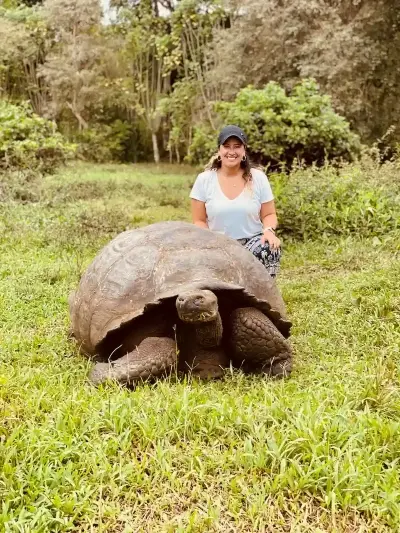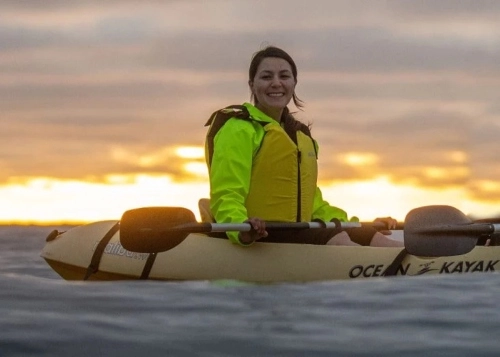The Galapagos Islands are famous for the diverse plant and animal life found both on land and in the surrounding seas. With more than 400 species of fish, some of the most unique birds on the planet, and an iconic collection of other native and endemic Galapagos wildlife, visiting the islands can feel like you’re literally stepping into a National Geographic-style documentary. A visit to this remarkable archipelago may be a lot more viable than you think. Here are 20 interesting facts about the Galapagos Islands to pique your curiosity.
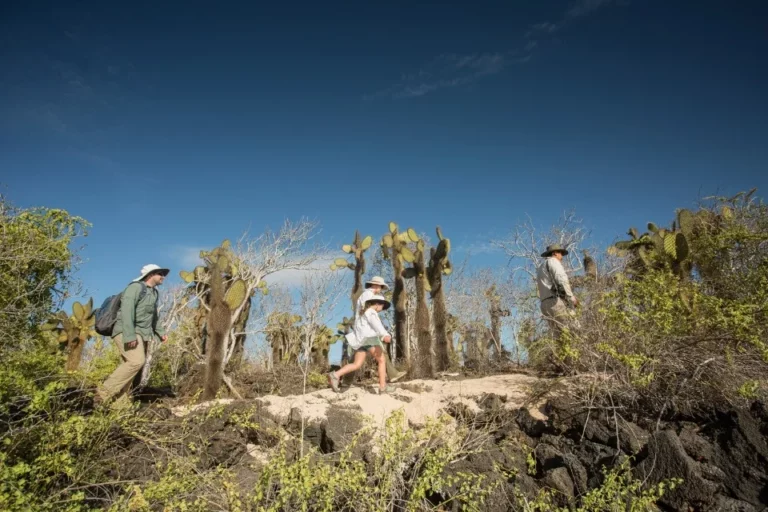
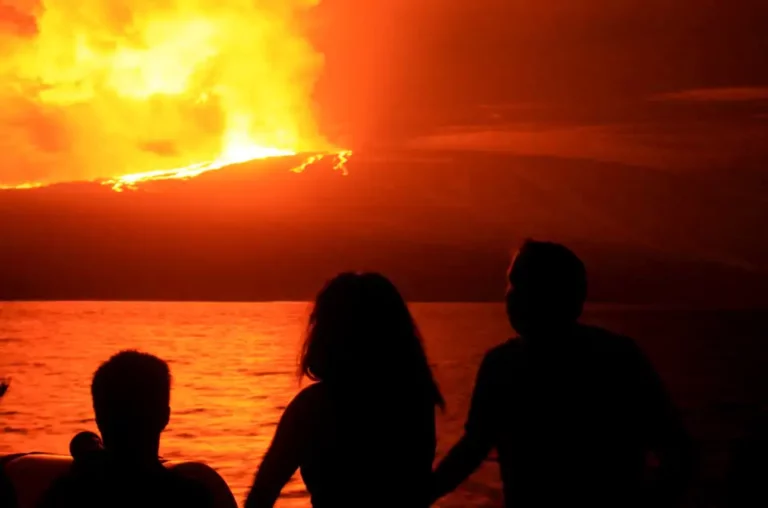

By most accounts, the Galapagos Islands are comprised of a total of 19 islands and dozens of islets. However, keep in mind that the Galapagos Islands are constantly changing due to continuous volcanic activity, with new formations emerging or sinking, meaning new islands may very well be forming as we speak! Get to know more about how to get to the Galapagos.
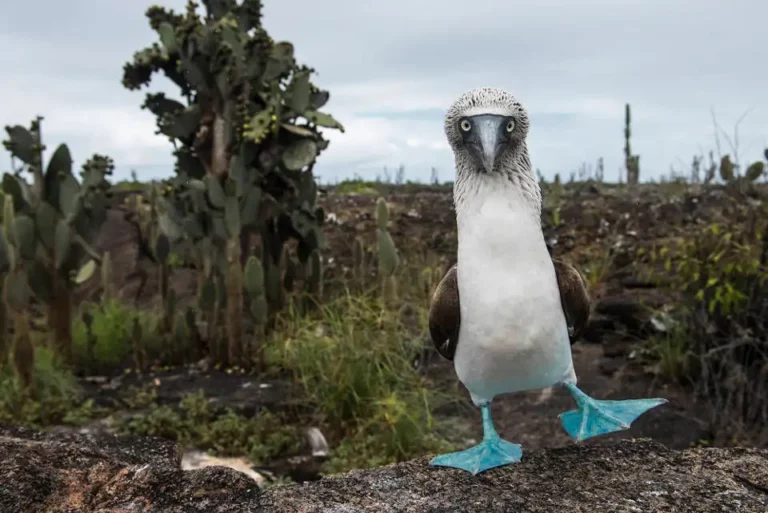
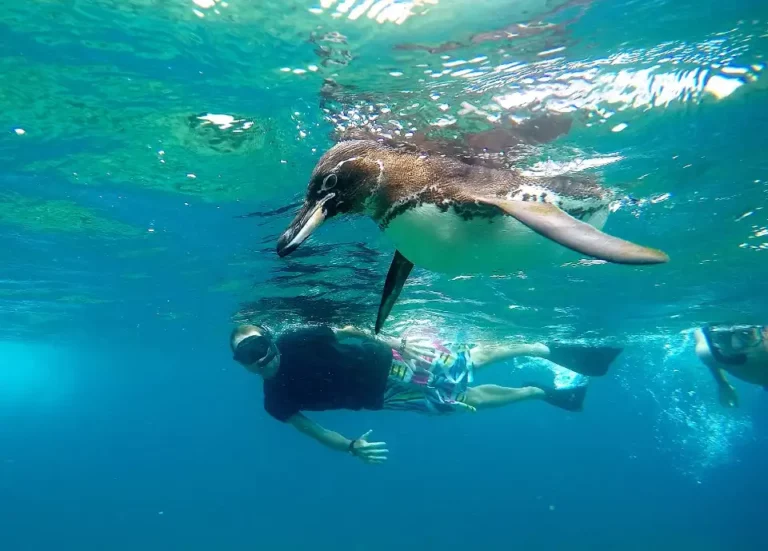
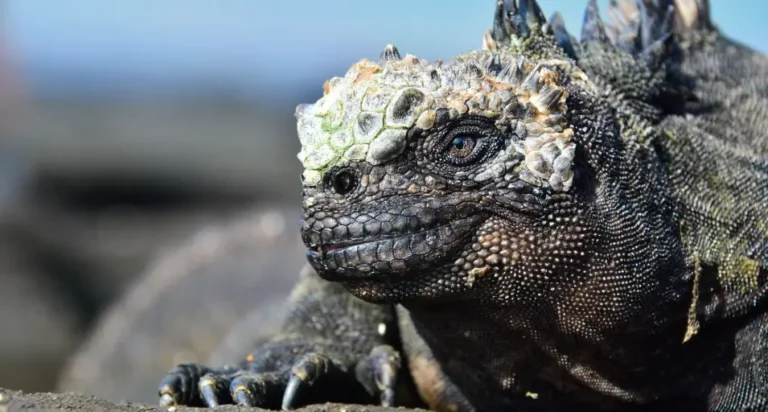
The Galapagos Islands, located near the equator, have a year-round temperate climate with two distinct seasons: a hot season from December through May and a slightly cooler dry season from June through November. The islands are either lush, green, tropical or barren, colorful, and arid, with more rainfall in the hot season and calmer seas. The dry season experiences southeast trade winds, indicating increased marine activity. Visiting the Galapagos Islands is possible year-round, with the best packages offering significant savings, including accommodations, meals, transportation, and activities in Galapagos. Read our blog about the best time to go to Galapagos Islands.
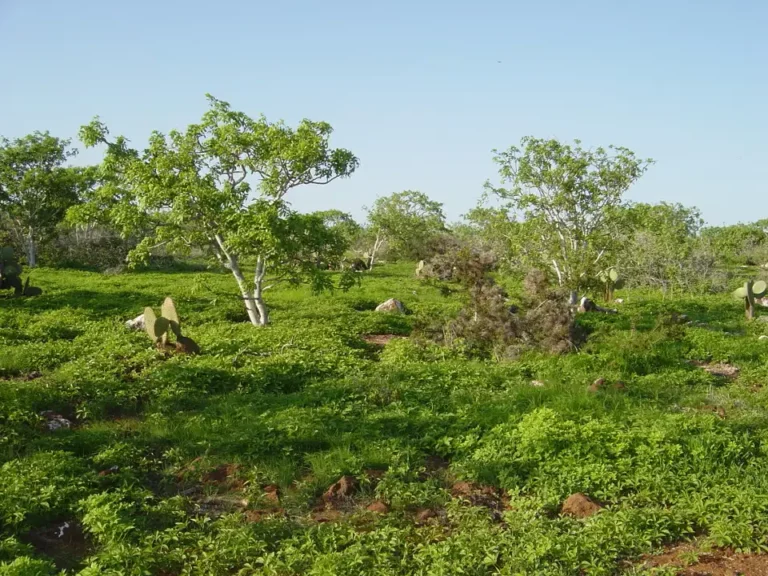
Another cool feature of the Galapagos Islands is that the days and nights are of equal duration, so you’ll have plenty of chances to see the diurnal and nocturnal animals. Because of its tropical location, there is no need for daylight savings. Throughout the year, the Galapagos Islands have an average of 12 hours of sunlight daily.
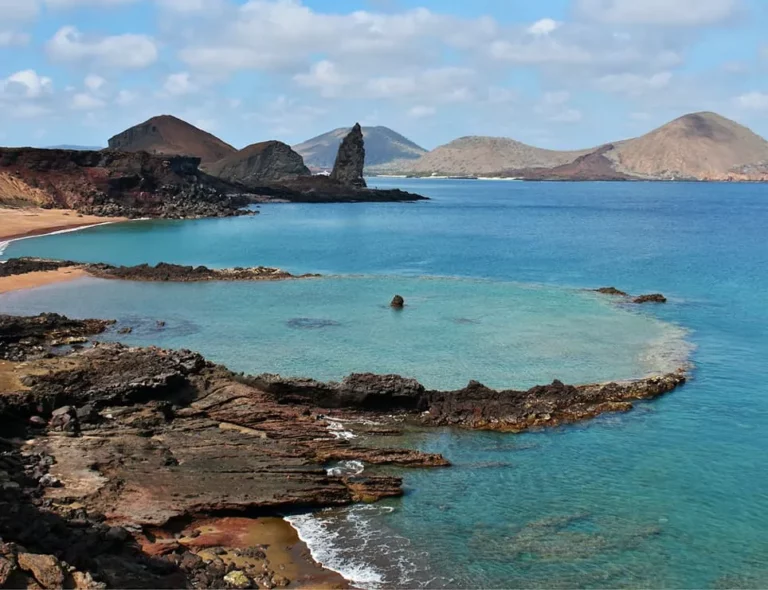
The average Galapagos giant tortoise can live for well over a century. Their longevity is the highest of any vertebrate on land. Seeing them in the wild is truly something unique.
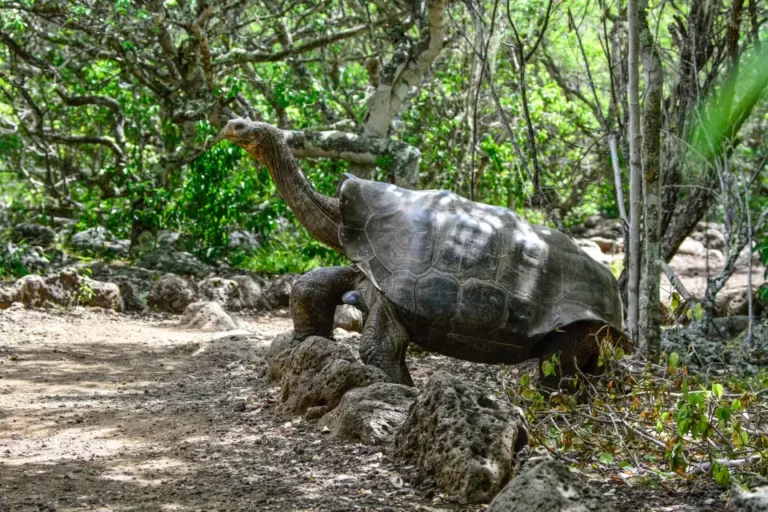
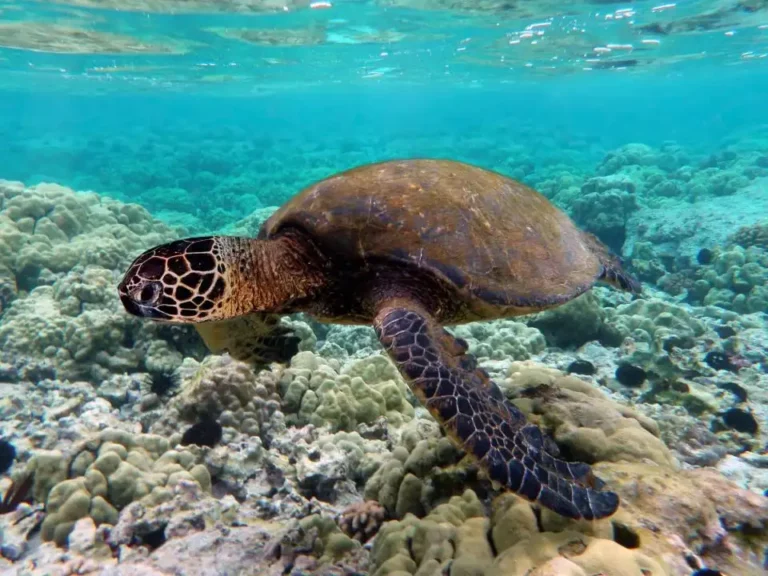
The islands are formed by the juncture of three tectonic plates: the Pacific, Cocos, and Nazca. The result is infrequent volcanic activity and incredibly diverse landscapes—a spectacular visual feast!
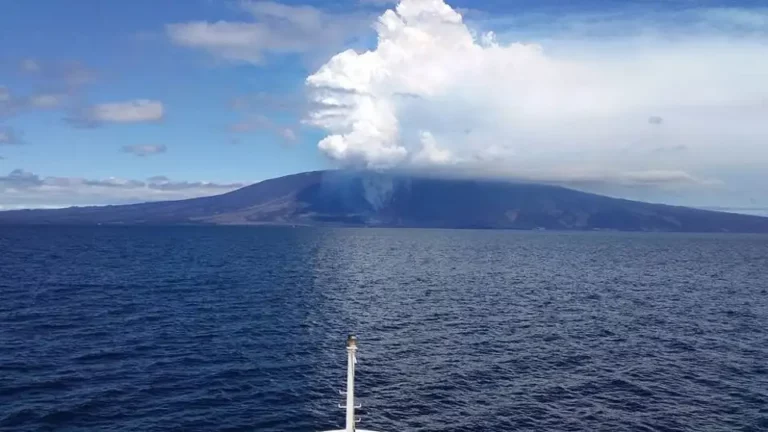
Follow Charles Darwin’s footsteps by exploring the same islands and sites he visited in 1835. Galapagos National Park-certified naturalist guides teach visitors how the theory of natural selection was first conceived here, and of course, they can take a selfie with Charles Darwin’s statue!

Admirers of marine life will appreciate the vast number of mollusk species, including snails, octopus, cuttlefish, oysters, squid, and a remarkable and colorful variety of fish species. You can see many of these firsthand when snorkeling in the Galapagos National Park.
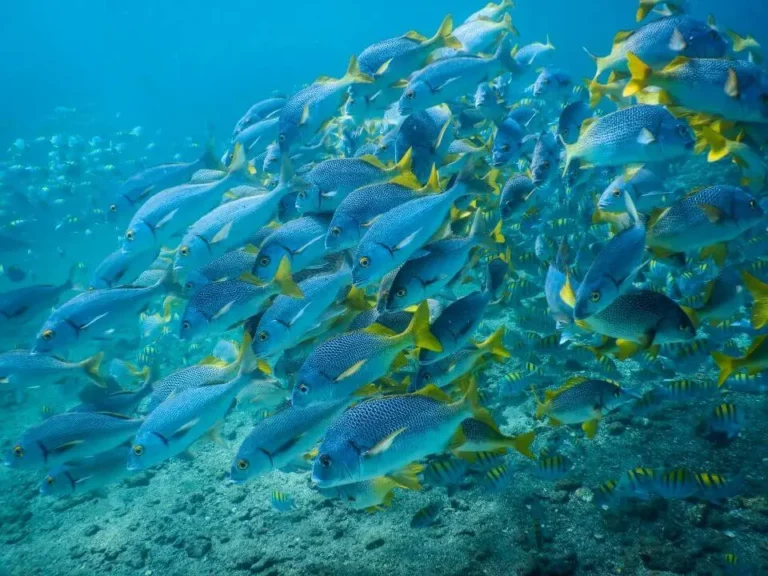
The term “Galápago” refers to the old Castilian word meaning “riding saddle”. The shell (carapace) of this giant tortoise indeed resembles a saddle.

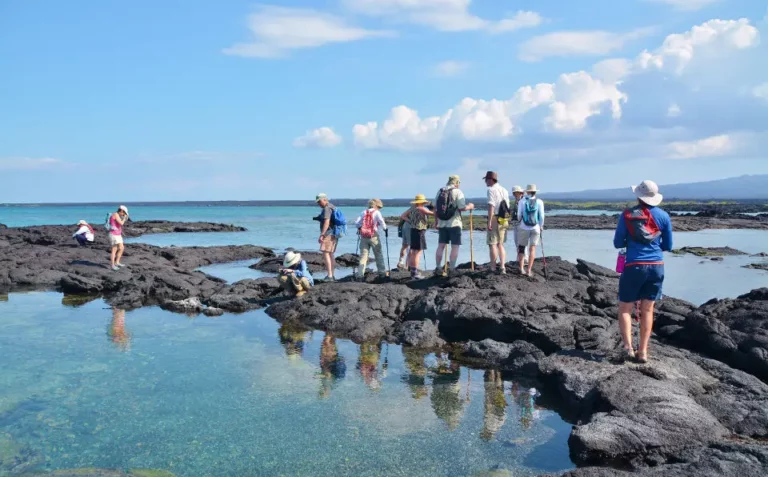
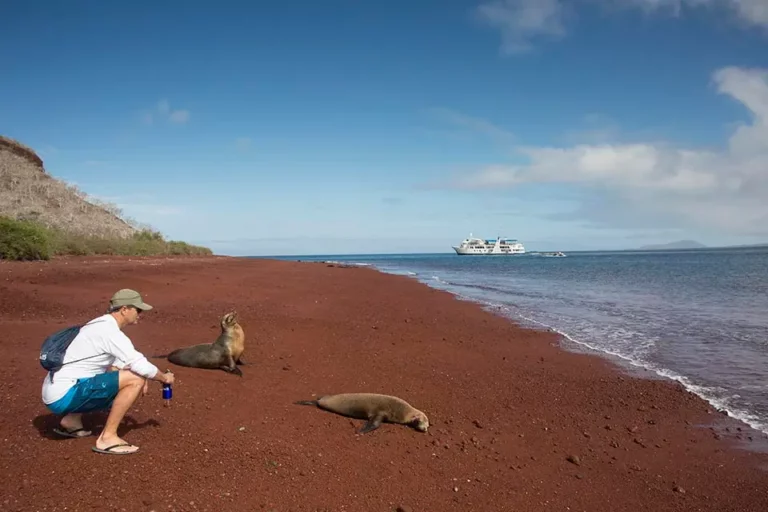
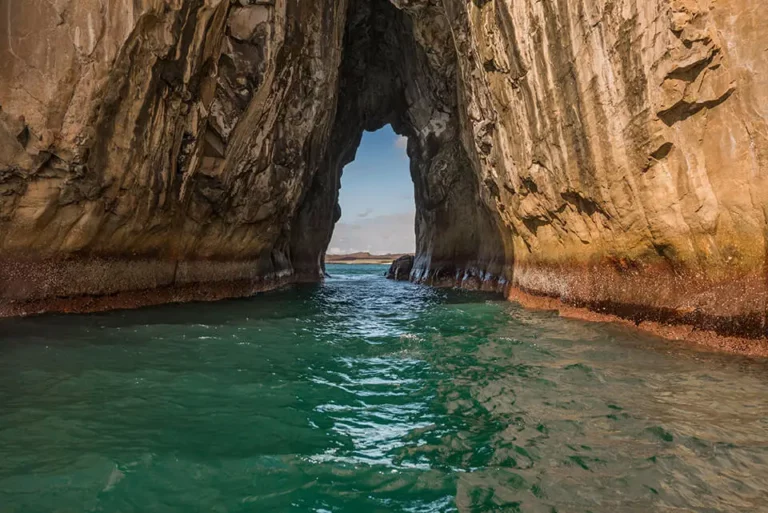
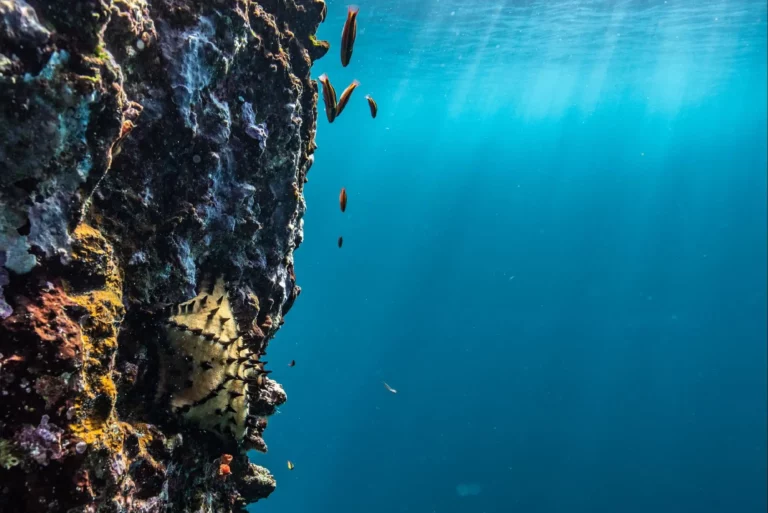
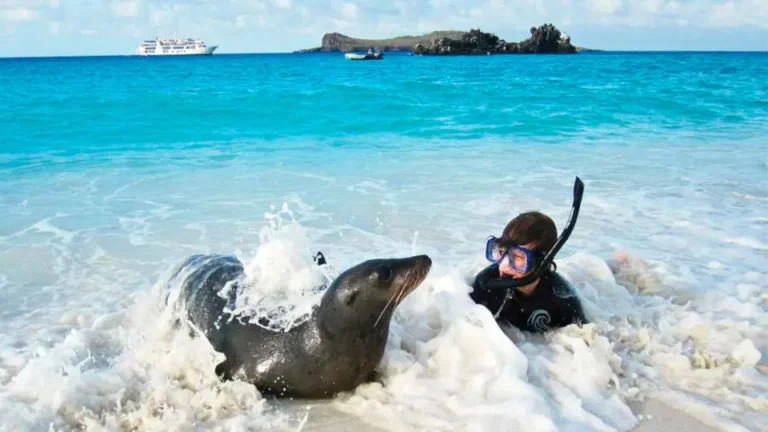
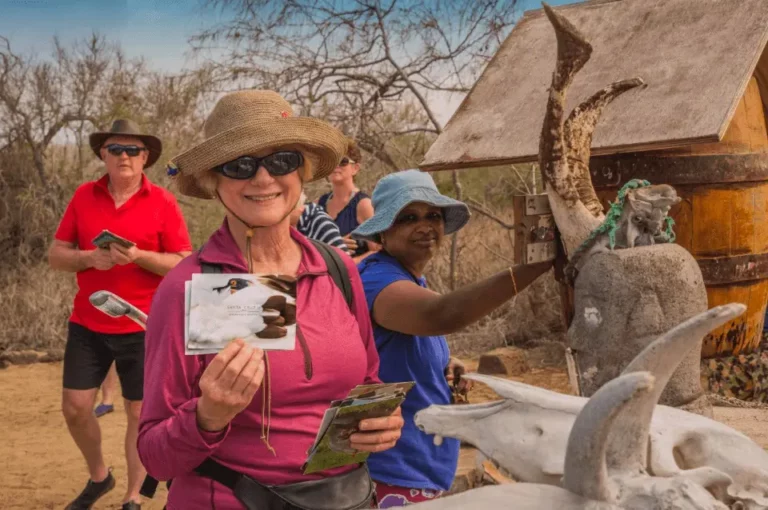
Questions? Need help deciding?
Have a chat with our Destination Experts that have enjoyed our itineraries!
